|
While millions across North America tuned in to last week’s vice-presidential debate via traditional TV or online streaming, my oldest daughter was in a remote part of northern Ontario and only had access to satellite radio. So she heard the debate, but she didn’t see it. And that’s why I texted her when that fly landed – and stayed and stayed and stayed – on Mike Pence’s hair. She's also a journalist and so we both knew the fly would probably get more attention than the issues discussed between Pence and Kamala Harris. (Saturday Night Live proved our point.) News outlets everywhere made reference to the incident. But
no one – and I mean no one – had the same idea as Sally Hickson. She’s an art historian at the University of Guelph and she quickly pitched us a unique story. “Flies have long held symbolic meaning in the history of art,” she wrote. “When a fly becomes famous, it’s worth wondering why.” Her wonderful story explained how flies have “long held symbolic meaning in the history of art.” From Renaissance portraits to surrealist Salvador Dalí, flies have made appearances in art for centuries. Prof. Hickson worked with our Arts Editor Susannah Schmidt to pull the story together quickly and our readers loved it – more than one million views within the
first 36 hours of its publication. If you haven’t read it yet, I would encourage you to do so.
For your weekend reading pleasure, I’ve assembled some of my other recent favourite Arts and Culture stories from the global network of The Conversation (including a great piece on the Showtime series about the 19th century abolitionist John Brown, which is my new favourite TV show). Enjoy….and we’ll be back in your Inbox on Monday.
|
Weekend Reads: Arts and Culture
|
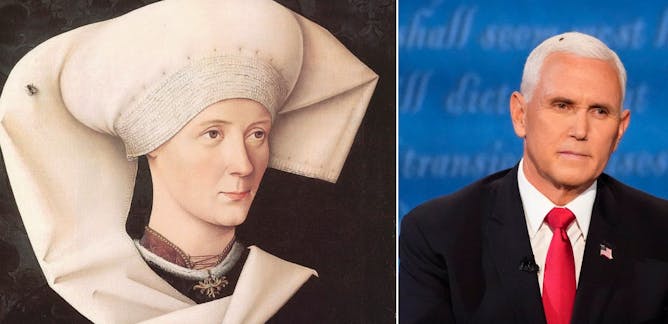
Sally Hickson, University of Guelph
Flies have long held symbolic meaning in the history of art. In portraits made in Renaissance Europe, the presence of a fly symbolizes the transience of human life.
| |

William Nash, Middlebury
The abolitionist's legacy is often molded to fit various political agendas. Yet the Brown who appears in Showtime's new miniseries is one we haven't seen before.
|
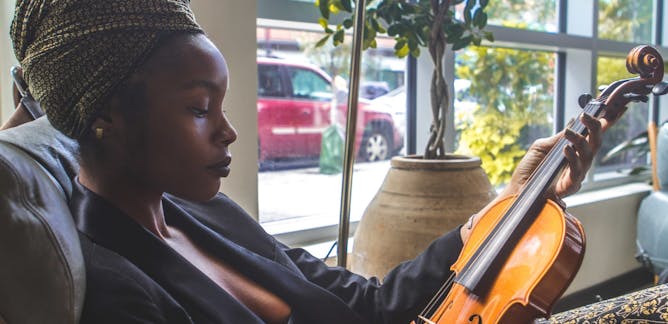
Gloria Blizzard, Dalhousie University; Gillian Turnbull, Ryerson University
The classical music scene in Canada is shaped by histories and hierarchies that reinforce racism and cultural appropriation. Black classical musicians are calling for systemic change.
| |

S. Ashleigh Weeden, University of Guelph; Laurie Brinklow, University of Prince Edward Island; Maggie J. Whitten Henry, University of Prince Edward Island
Shows like 'Schitt's Creek' and 'Letterkenny' upend how we imagine rural Canada to be. The small-town dynamics represented are wonderful presentations of what it means to be human.
|
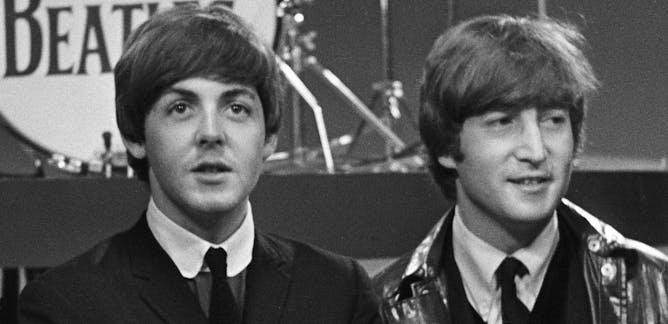
Adam Behr, Newcastle University
For a decade after they met as teenagers, Lennon-McCartney was the most potent songwriting partnership in pop music.
| |
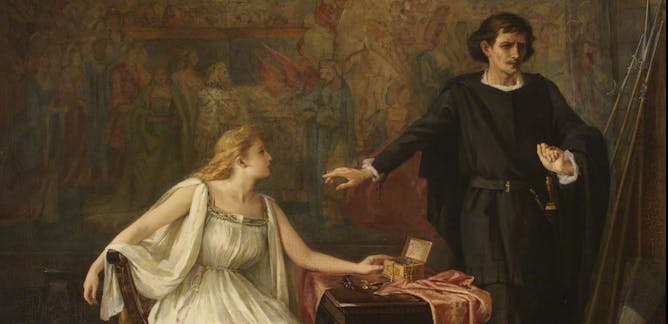
Catherine Butler, Cardiff University
You might think he's the hero of his own story but the murder happy Hamlet is really an unconscionable brute.
|
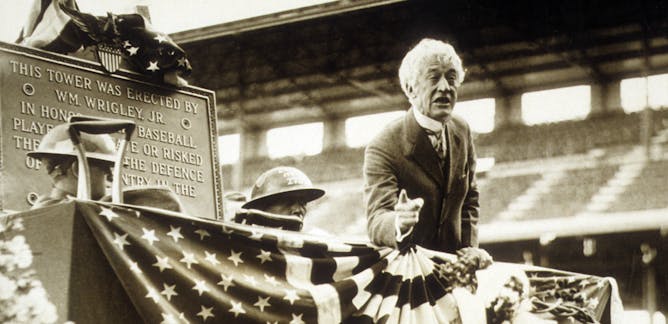
Chris Lamb, IUPUI
By removing Kenesaw Mountain Landis' name from the plaques awarded to each league's MVP, the Baseball Writers’ Association of America acknowledged Landis' role in upholding segregation.
| |

Alex Oliver, Glasgow Caledonian University
For optimal concentration, players need to cultivate 'meta-attention', the mechanism that enables us to refocus our attention when the mind has wandered.
|
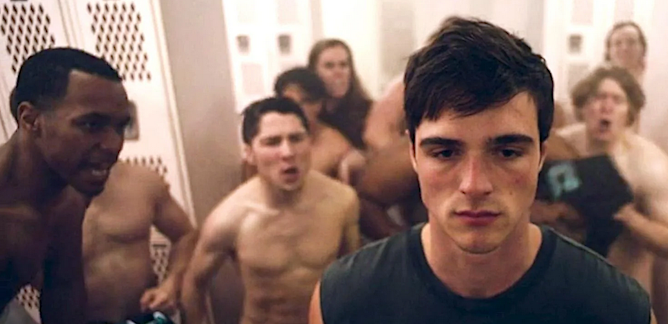
Peter Lehman, Arizona State University
Directors and audiences are becoming more comfortable with male frontal nudity. But what message does it send when almost all of the penises shown aren't real?
| |

Erica Scharrer, University of Massachusetts Amherst
Dads are taking parenting much more seriously. But according to a new study of sitcoms, the stereotype of the foolish father remains stubbornly in place.
|
|
|